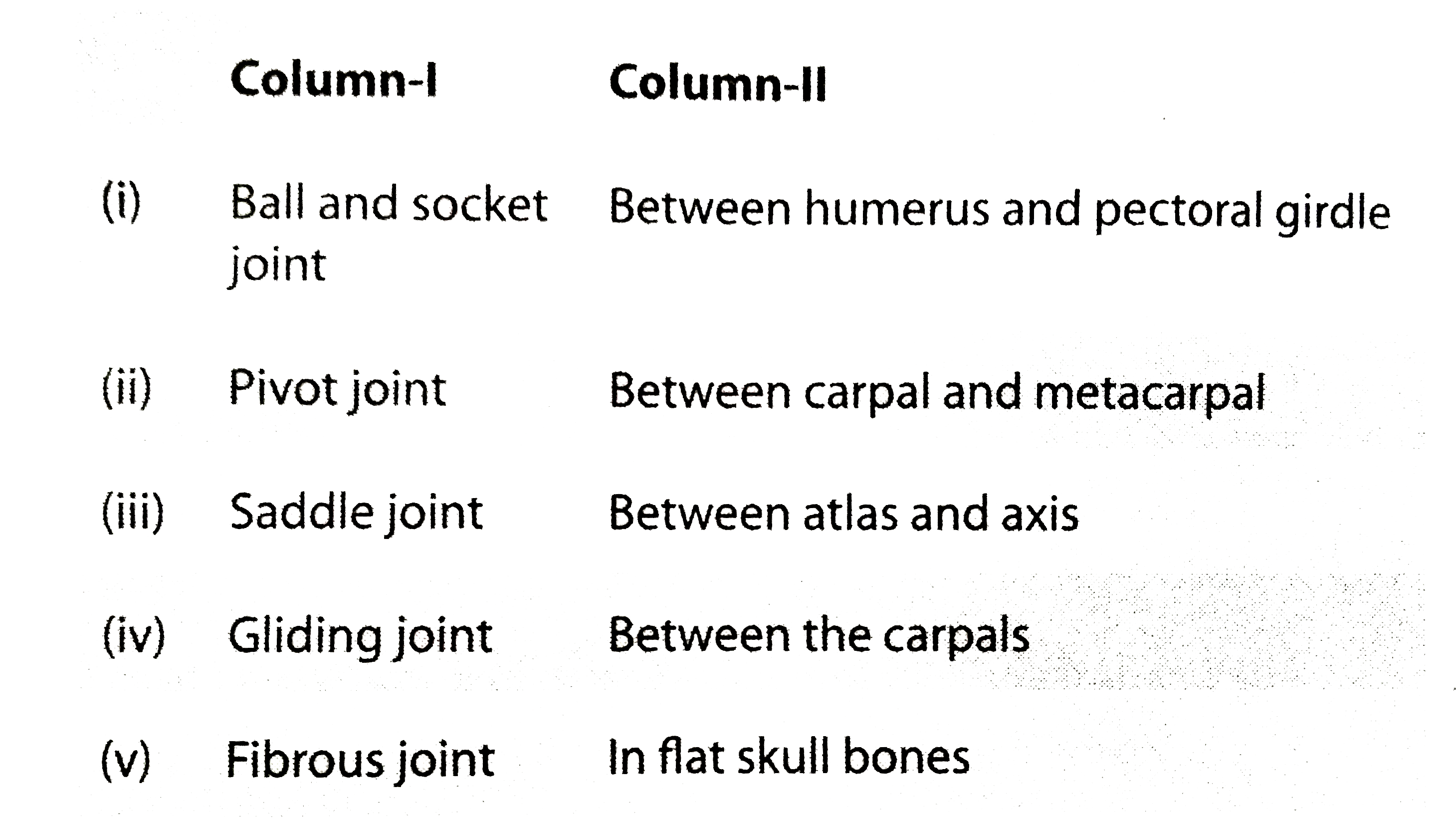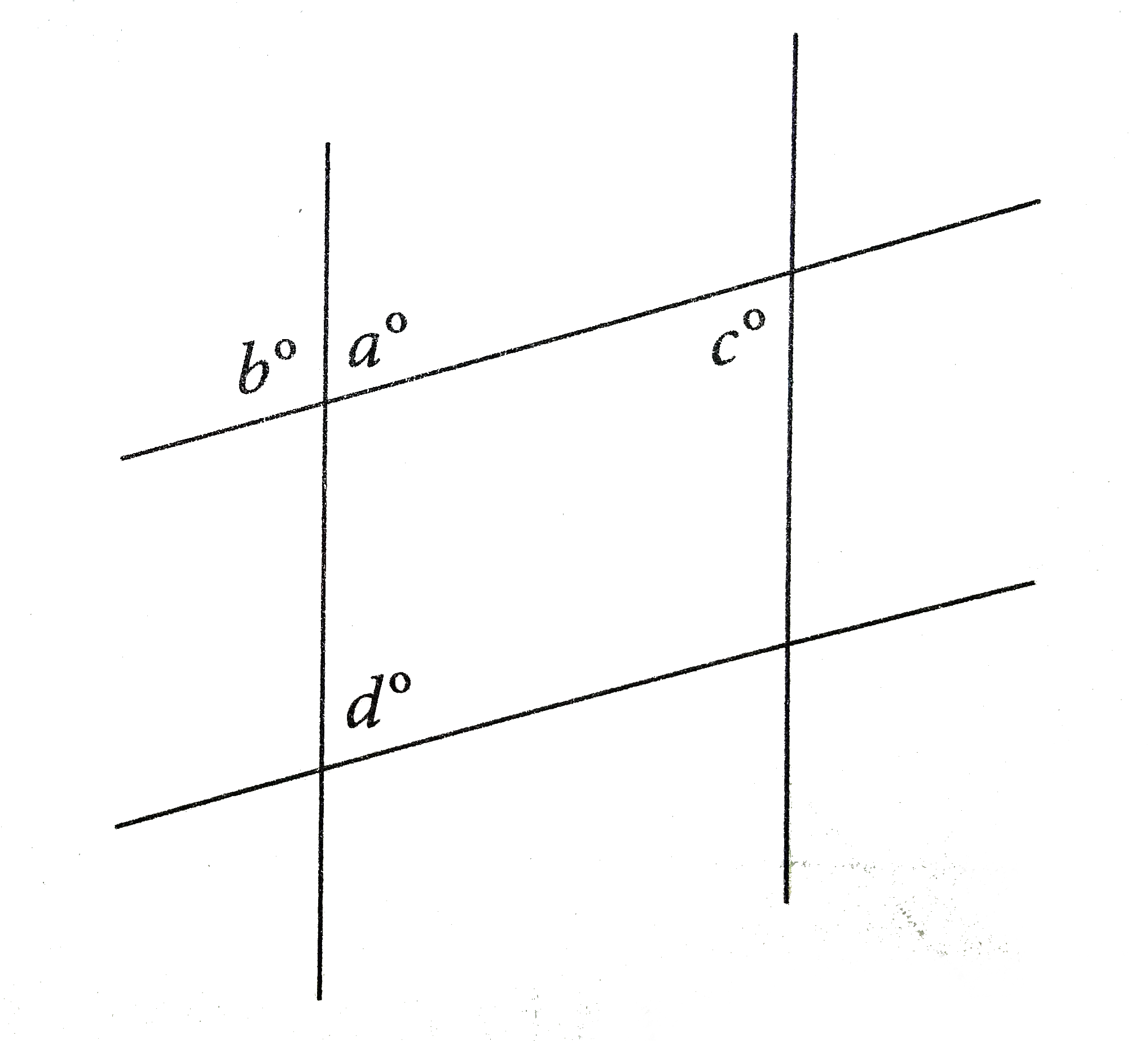In Figure, which of the
following statements must be true?
(i)
(ii)
(iii)
(a) (i) only
(b) (ii) only
(c) (iii) only
(d) (ii) and (iii) only
To solve the problem, we need to analyze each of the statements given in the question based on the relationships between the angles in the figure. Let's go through each statement step by step.
Step 1: Analyze Statement (i) a+b=d+c
1. Identify Relationships:
- Angles a and d are vertically opposite angles, which means a=d.
- Angles b and e are also vertically opposite angles, which means b=e.
2. Substitute Values:
- Since a=d, we can rewrite a+b as d+e.
- Therefore, a+b=d+e does not equal d+c unless e=c, which is not necessarily true.
3. Conclusion:
- Statement (i) is false.
Step 2: Analyze Statement (ii) a+c+e=180∘
1. Identify Relationships:
- We know that c and f are vertically opposite angles, so c=f.
2. Rearrange the Equation:
- We can express a+c+e as a+f+e (since c=f).
- Angles a and e form a linear pair with angle f, meaning a+f+e=180∘.
3. Conclusion:
- Statement (ii) is true.
Step 3: Analyze Statement (iii) b+f=c+e
1. Identify Relationships:
- From the previous analysis, we know b=e and c=f.
2. Substitute Values:
- We can rewrite b+f as e+c (since b=e).
- Therefore, b+f=e+c is equivalent to c+e.
3. Conclusion:
- Statement (iii) is true.
Final Conclusion
Based on the analysis of the statements:
- Statement (i) is false.
- Statement (ii) is true.
- Statement (iii) is true.
Thus, the correct answer is (d) (ii) and (iii) only.
---
- Angles a and d are vertically opposite angles, which means a=d.
- Angles b and e are also vertically opposite angles, which means b=e.
- Since a=d, we can rewrite a+b as d+e.
- Therefore, a+b=d+e does not equal d+c unless e=c, which is not necessarily true.
- Statement (i) is false.
- We know that c and f are vertically opposite angles, so c=f.
- We can express a+c+e as a+f+e (since c=f).
- Angles a and e form a linear pair with angle f, meaning a+f+e=180∘.
- Statement (ii) is true.
- From the previous analysis, we know b=e and c=f.
- We can rewrite b+f as e+c (since b=e).
- Therefore, b+f=e+c is equivalent to c+e.
- Statement (iii) is true.
- Statement (i) is false.
- Statement (ii) is true.
- Statement (iii) is true.
Topper's Solved these Questions
Similar Questions
Which of the following is/are not carrectly mathched pairs ?

(a) (ii) and (iii)
(b) (i) and (iv)
(c) (v) only
(d) (ii) onlyView SolutionLet f be a differentiable function on the open interval(a, b). Which of the following statements must be true?
(i) f is continuous on the closed interval [a,b],
(ii) f is bounded on the open interval (a,b)
(iii)If a < a1< b1 < b, and f(a1) < 0 < f(b1), then there is a number c such that a1 < c < b, and f(c) = 0
(a)Only I and II
(b)Only I and III
(c)Only II and III
(d)Only IIIView Solution
Knowledge Check
- Question 1 - Select One

Which of the following statements must be true?
I. a+b<180
II. a+d=180
III.a+d>180ANoneBII onlyCI and II onlyDII and III only - Question 2 - Select One
Let a,b,c are in A.P and k≠0 be a real number which of the following is/ are correct?
(i) ka,kb,kc are in A.P
(ii) k−a,k−b,k−c are in A.P.
(iii) ak,bk,ck are in A.P (a) i and ii only (b) ii and iii only (c) i and iii only (d) i, ii and iiiAi and ii onlyBii and iii onlyCI and iii onlyDI,ii and iii
The modified supporting roots called prop roots and stilt roos are seen respectively in (i) Banyan and Maize (ii) Banyan and Sugarcane (iii) Maize and Banyan (iv) Sugarcane and Maize
(a) i only
(b) ii only
(c) iii only
(d) i and ii onlyView SolutionLet A={a,b,{c,d}, e} . Which of the following statements are false and why? (i) a∈A (ii) a⊂A (iii) {a,b,e}⊂A
View SolutionNodule formation in leguminous plants occur due to
(i) Cytokinins produced by invading bacteria
(i) Auxins produced by plant cell.
(iii) Auxins produced by invading bacteria.
(iv) Cytokinin produced by plant cell.
(a) (i) and (ii) only
(b) (i) and (iii) only
(c) (iii) and (iv) only
(d) (ii) and (iv) onlyView SolutionLet A={a,b,{c,d}, e} . Which of the following statements are false and why? (i) {c,d}⊂A (ii) {c,d}∈A (iii) {{c,d}}⊂A
View SolutionSelect the characters not applicable to C3 plants
(i) Primary CO2 acceptor is PEP
(ii) The plants have RuBisCO
(iii) Initial carboxylation reaction occurs in bundle sheath cells
(iv) Calvin cycle occurs only in bundle sheath cells
(a) iii and iv only
(b) ii, iii and iv only
(c) i and ii only
(d) i, iii and iv onlyView SolutionLet AandB be two 2×2 matrices. Consider the statements (i) AB=O⇒A=OorB=O (ii)AB=I2⇒A=B−1 (iii) (A+B)2=A2+2AB+B2 (a)(i) and (ii) are false, (iii) is true (b)(ii) and (iii) are false, (i) is true (c)(i) is false (ii) and, (iii) are true (d)(i) and (iii) are false, (ii) is true
View Solution

